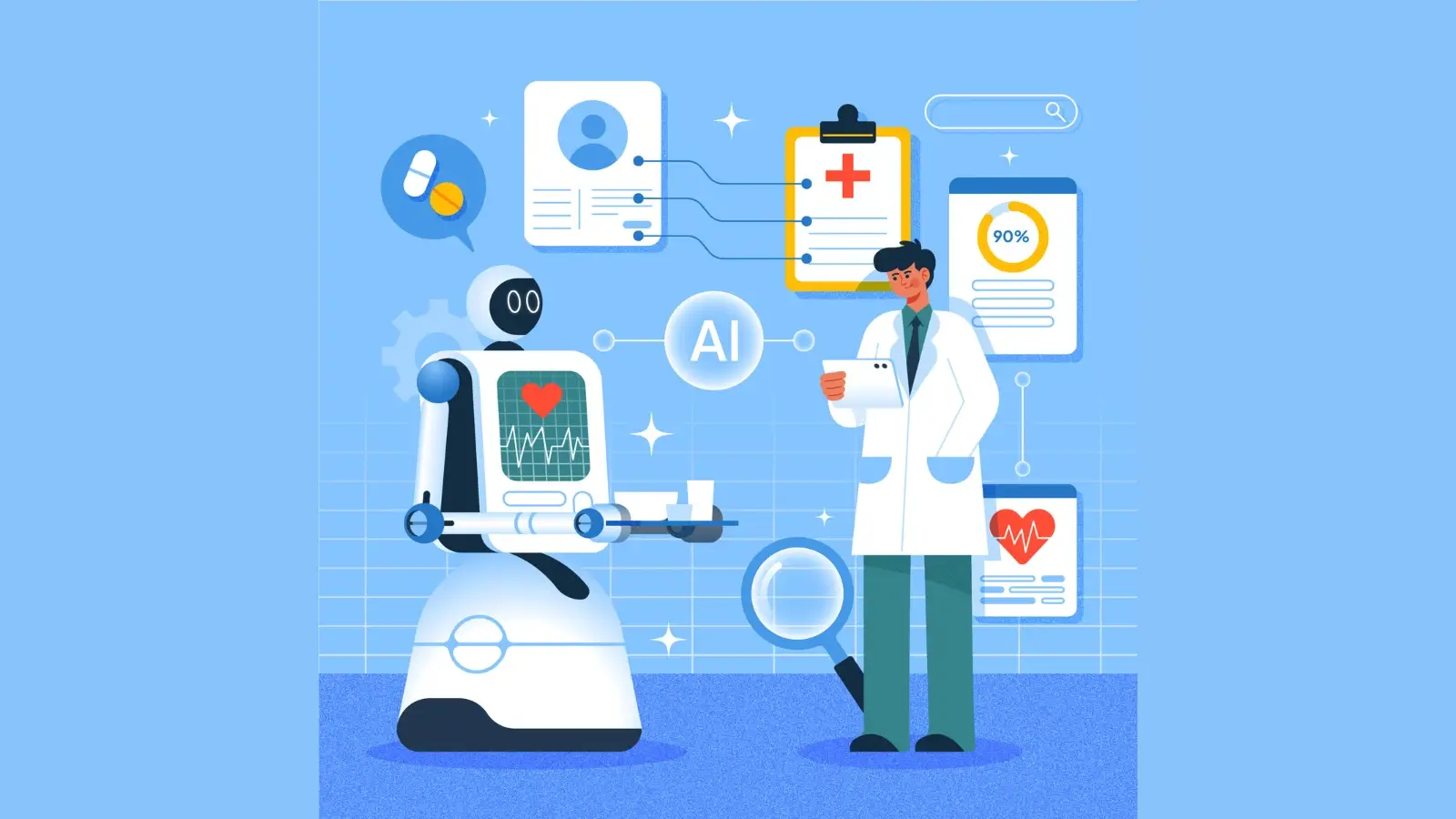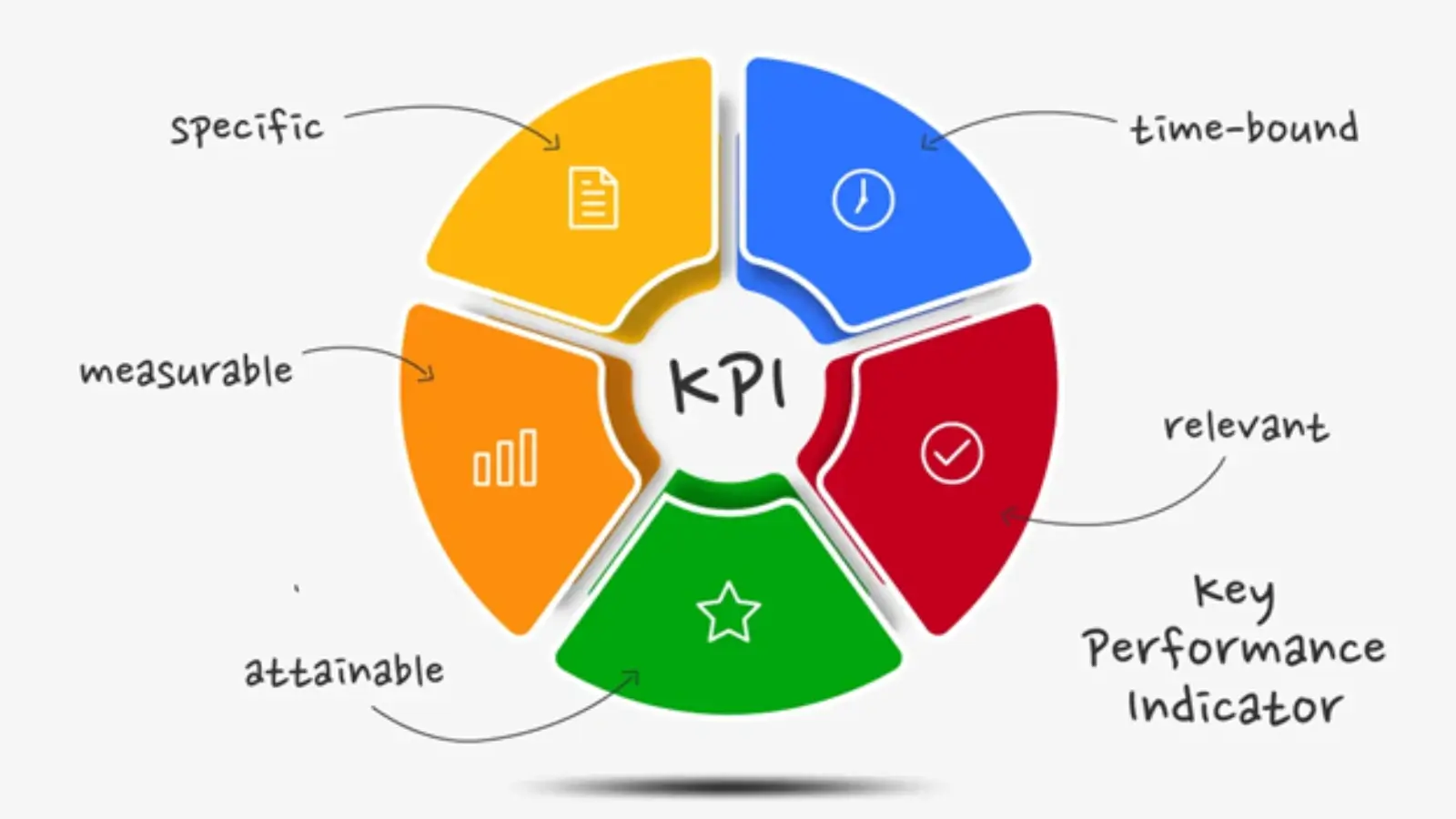Anyone paying attention to the latest innovations and trends in how technology affects business will have noticed that we have been in the ongoing rise of data for quite some time now. More businesses have been collecting more customer and user data for the past several years, but you might make the assumption that this kind of data collection only really benefits the major enterprise businesses that have huge customer bases to collect from. But that’s not true. Here, we’re going to look at some of the ways that data can improve businesses of all sizes, even the most humble startups.
Smarter-Decision Making
Data empowers businesses to make decisions based on facts instead of guesswork. Even small companies can use data from sales records, website analytics, or customer surveys to identify what’s working and what isn’t. This reduces costly trial and error, saving both time and resources. For one example, a cafe could track its peak hours to schedule staff more efficiently, while a store could use data to track market trends and forecast demand when certain busy periods, like the holidays, roll around. In pretty much any application, data can help you spot inefficiency, find high-value opportunities to capitalize on, and make you more agile when it comes to adapting to change. Good decision-making in modern business is based on having the right human insight combined with enough data to stay informed.
Improving Your Marketing
Data can help you evolve how effectively you connect with your business. Through analytics tools, companies can track which campaigns resonate, which channels drive the most engagement, and what customers actually want. For example, analyzing website traffic or email open rates reveals where to focus marketing spend. With social media insights, you can get a better idea of customer interests and which kind of content is more likely to attract their attention. You can even use data to automate your marketing to some degree, so that you’re creating the customer journeys that are most likely to win them over by the time they get to the point of conversion.
Improving Customer Service
When you have a good idea of your customers’ needs, then you’re able to provide the solutions they want more efficiently. Data can help with this, such as with customer support systems that are able to track common issues, revealing patterns that highlight which product or service improvements might have the biggest impact on customer satisfaction. On the other hand, chatbots powered by data can provide quick, accurate answers, reducing wait times and boosting satisfaction. Feedback surveys and sentiment analysis also highlight where customer experience can be enhanced. The better you anticipate your customers’ needs, the more they will feel that you are in tune with what they really want. Thankfully, you don’t have to be psychic to get into their mind; you just need to collect the right data.
When And How To Approach Customers
The art of sales is, in large part, about knowing exactly when and how to approach your customers. However, with the right data, you don’t have to rely on guesswork. A lot more businesses are using signal-based selling to drive revenue, tracking data such as buying intent on your website, online activity, or life-cycle changes to find just the right moment to engage. For instance, you might track when customers look at certain service or product pages multiple times, or you can analyze repeat purchase patterns. By acting on these signals, businesses increase conversion rates and avoid wasting time on cold leads. This approach also deepens customer trust, as outreach feels timely and relevant rather than random.
Streamlining Operations
Data can do a lot more than help you improve how you interface with your customers. It can do a lot of work to make things run smoother behind the scenes, as well. Data reveals where resources are being wasted, from supply chain bottlenecks to employee scheduling gaps. For instance, a restaurant could use data to track inventory, reducing food waste and controlling costs, while a manufacturer could analyze production data to minimize downtime. Even businesses as small as a single freelancer can use productivity apps to see how they spend their hours, allowing them to find and cut down on the sources of distraction and downtime. With the right data collection and performance metrics, any business can cut its inefficiencies and improve its productivity.
Competitor Analysis
Just as data can be used to look within, it should also be used to look outside, especially at the others in the same industry as you. Competitor analysis through data shows pricing trends, product performance, and gaps in the market. Businesses can track industry benchmarks and measure themselves against rivals to see where improvements are needed. Even small businesses can find their potential niches and advantages, using their relative agility to target customer bases and needs that their large competitors might not be as concerned with. For instance, you can analyze local search data to find where there is demand in a specific area’s market that isn’t currently being capitalized on by the other providers in your industry.
Driving Innovation
Innovation thrives when businesses have clear insights into what customers want and how markets evolve. Data provides the evidence needed to create new products, refine services, or even redesign entire business models. Looking at your customer reviews and finding common points of complaint can help you develop a new feature in your product or service that addresses them. Market trends can help you see where there is rising interest before it catches on with the broader market. Even on a smaller scale, A/B testing your e-commerce website can help you find the design patterns that help it appeal best to your customers. By minimizing risk and focusing efforts, data turns innovation into a more predictable and profitable process. From creative marketing campaigns to entirely new offerings, using data ensures innovation is grounded in real-world demand and not just guesswork.
Data collection as part of business is here to stay, by all accounts. Make sure that you’re not missing out on the benefits it could lend your business, as well.
















